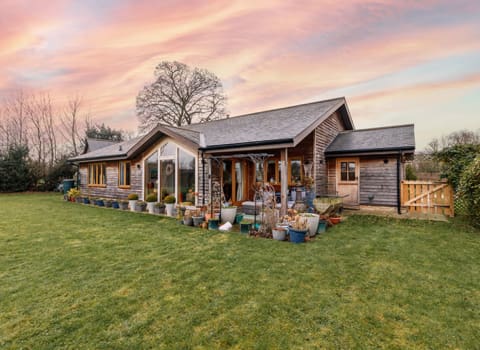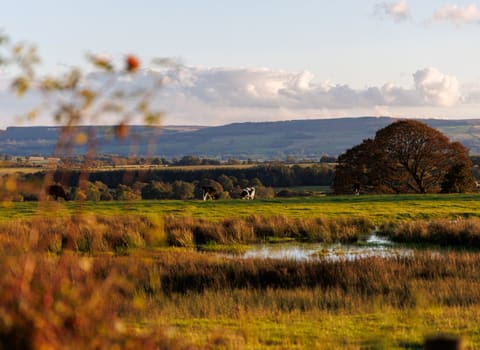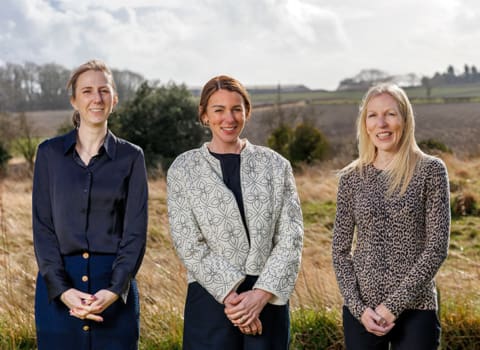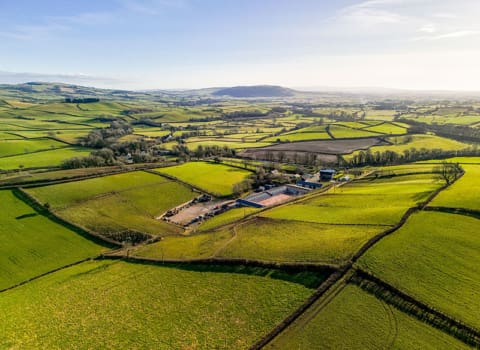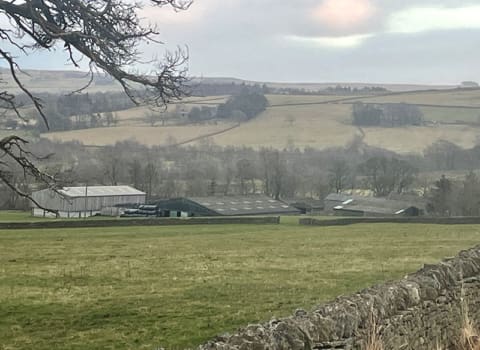Contact our offices
Main office
COLBURN
5 & 6 BAILEY COURT
COLBURN BUSINESS PARK
RICHMOND
NORTH YORKSHIRE
DL9 4QL
Estate Agency Offices are located in
BARNARD CASTLE, BOROUGHBRIDGE & RICHMOND
Residential Management Team
Our Offices
- Alnwick
01665 568310
Email Officealnwick@gscgrays.co.uk - Barnard Castle
01833 637000
Email Officebarnardcastle@gscgrays.co.uk - Boroughbridge
01423 590500
Email Officeboroughbridge@gscgrays.co.uk - Chester-Le-Street
0191 3039540
Email Officechester-le-street@gscgrays.co.uk - Colburn
01748 897630
Email Officecolburn@gscgrays.co.uk - Driffield
01377 337180
Email Officedriffield@gscgrays.co.uk - Hamsterley
01388 487000
Email Officehamsterley@gscgrays.co.uk - Hexham
01434 611565
Email Officehexham@gscgrays.co.uk - Kirkby Lonsdale
01524 880320
Email Officekirkbylonsdale@gscgrays.co.uk - Penrith
01768 597005
Email Officepenrith@gscgrays.co.uk
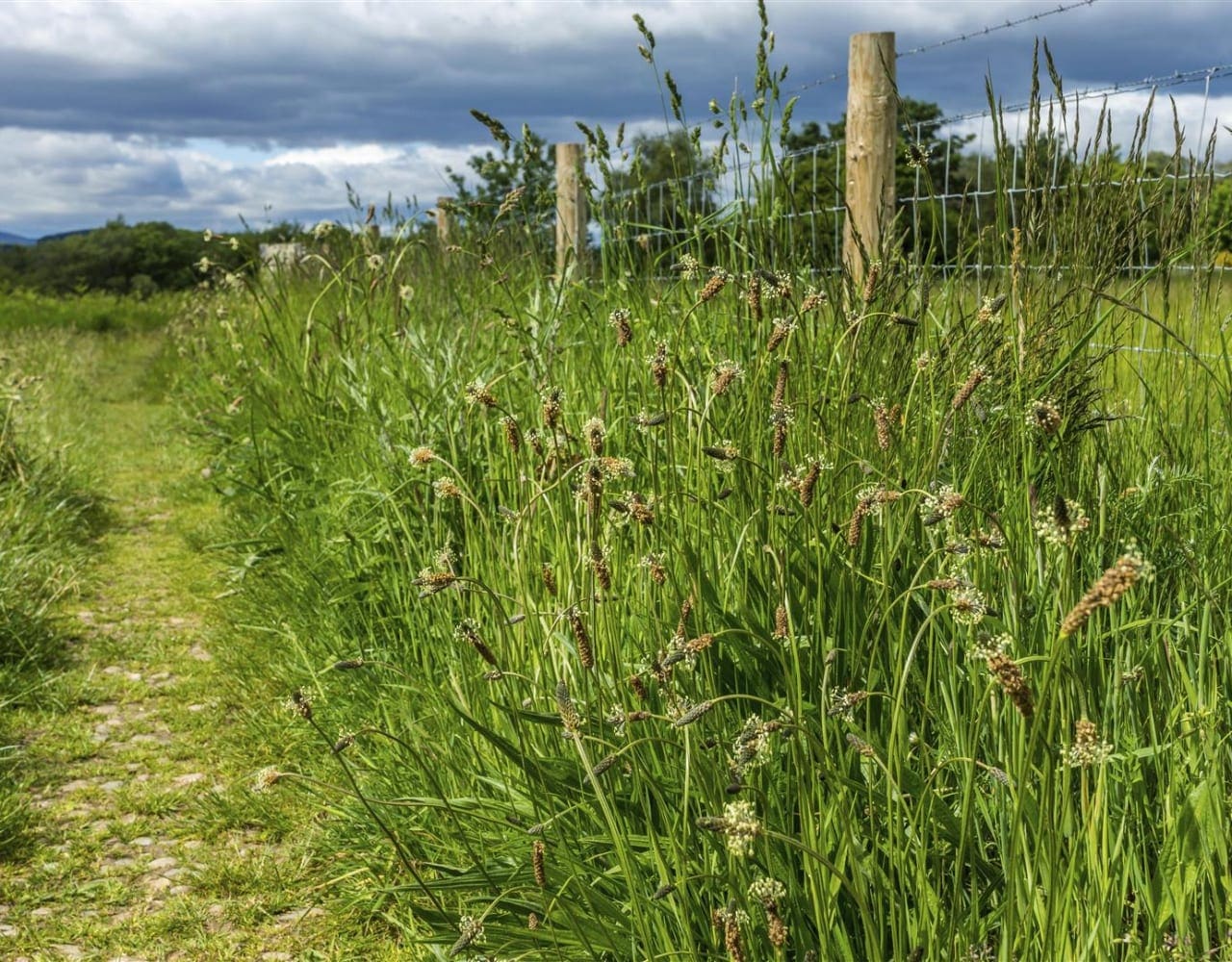
New Rights of Way – Protection is Easy
By doing this, they can allow people to use unrecorded paths, for example permissive paths, without those paths becoming public rights of way. This is known as a deposit under Section 31(6) of the Highways Act 1980, and needs to be renewed every twenty years.
From the date of the deposit a landowner will protect their land from additional public rights of way being claimed through public use, however it is still possible for a right of way to be established through twenty years of continuous and uninterrupted use before the deposit was made.
A public right of way can also be established if historical evidence is found which shows that a public right of way exists or is reasonably alleged to exist.
Landowners can also take actions to prevent public rights of way being established, for example by clearly displaying notices on a route to say that it is private, by locking gates for periods of time, and by maintaining fences and boundary walls. These actions must be clearly noticeable, so that it is obvious to a member of the public that the route is private.
Commons Act 2006
Under section 15(1) of the Commons Act 2006 applications can be made for the registration of land as a village green, with the purpose of stifling development, if the applicant can prove that land has been used by a significant number of the inhabitants of any locality, or of any neighbourhood within a locality, as of right for lawful sports and pastimes on the land for a period of at least 20 years.
A number of measures have been introduced by the 2013 Act to address the problem that the threat of registration of land as a village green causes to future development.
Prevent the land being used as of right
A landowner will have to take measures to prevent the land being used as of right, meaning that use is either precluded or is permitted only with the express permission of the landowner, in order to prevent an application to register land as a village green from succeeding.
Such measures will include erecting fences and gates to prevent access to the land, and putting up suitably worded signs that either preclude the use of the land or grant permission for its use.
Any time spent using the land after such measures have been carried out will not count towards proving 20 years use for the purpose of an application to register land as a village green. If 20 years has not accrued at the time the measures are carried out an application will fail on this basis. If 20 years has accrued at the time the measures are carried out, the “clock” will be “stopped”. Where the “clock” has “stopped” following 20 years use, an applicant will have to submit an application to register land as a village green within one year of the date on which the “clock” was “stopped”, after which time an application will be precluded.
A difficulty which landowners face with an application to register land as a village green, is first proving the date on which measures were carried out that “stopped the clock” and second, carrying out such measures without bringing the matter to the public’s attention, triggering an application to be made to register the land as a village green.
Statements
Landowners of land will be able to submit a statement with a plan attached, to the commons registration authority in a prescribed form in order to bring an end to any period during which people have used the land as of right for lawful sports and pastimes.
This will definitively “stop-the-clock” in order to prevent 20 years use from accruing, or where 20 years have accrued will bring a cessation to that time period, leading to the commencement of the time period (one year) for having to make an application to register land as a village green.
This will overcome the ambiguity that previously existed where a failure to carry out the correct measures, or to document when they were carried out, including putting up signs with the correct wording could fail to “stop-the-clock”.
A statement will not prevent a new period from commencing if the use continues or re-commences after the date of the statement, however it brings to an end the period which had run up to the date of the statement. Landowners will be able to make further statements to “stop-the-clock” in relation to any new time period.
The commons registration authorities will be required to maintain a register containing prescribed information about statements and the maps accompanying them. The register will be made available for inspection by the public.
Applications precluded
The right to make an application to register land as a village green in England only, will cease if a “trigger event” occurs in relation to the land. The right to register land as a village green only becomes exercisable again if a “terminating event” occurs. These events must relate to the development (whether past, present, or future) of the land.
“Trigger events” and “terminating events” include:
|
Trigger Event |
Terminating Event |
|
An application for planning permission in relation to the land. |
The application is withdrawn, declined or permission refused. |
|
A draft development plan document identifies the land for potential development |
The document is withdrawn or the document is adopted. |
For further advice on Section 31 please contact:
[team-member name=”Edward Staveley”]

GSC Grays News
Residential Property Market: Recent Trends and Prospects for the year ahead
Read more

